Effects of Seawall Armoring on Juvenile Pacific Salmon Diets
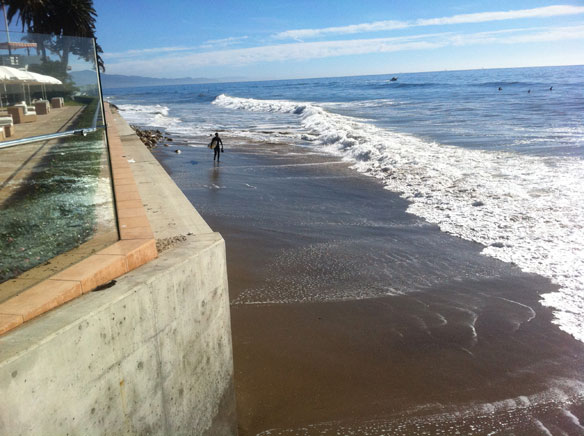
Are concrete seawalls actually affecting what salmons eat, and by how much? Researchers measured the types of prey in the water along armored shorelines and along restored beaches.
Editorial – Wrong Direction on Beach Groins

Groins don’t really work. They stop or slow erosion in the immediate vicinity, but worsen erosion farther down the beach by halting the natural flow of sand. Beach sand migrates, especially as ocean levels rise. Trying to stop its natural course is potentially expensive folly.
Erosion-Control Structures Could Expand In North Carolina
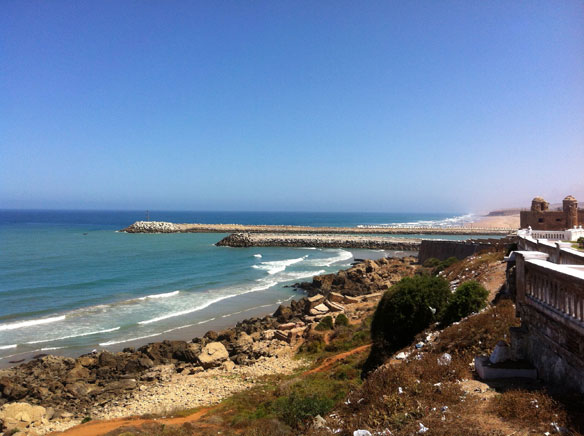
Some legislators are once again trying to expand the number of certain erosion-controlling structures allowed by law along the North Carolina coast. This time, they’re trying to do it through the state budget.
Engineering away our natural defenses: An analysis of shoreline hardening in the US
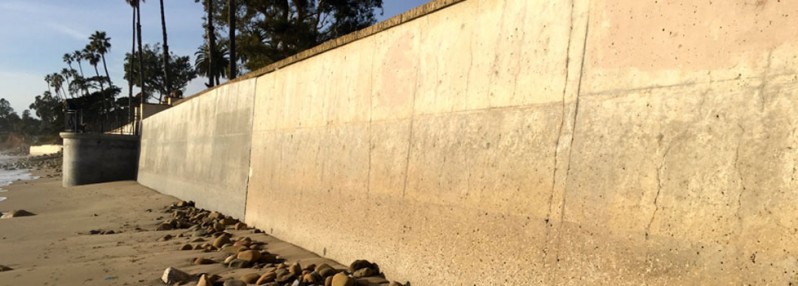
Rapid coastal population growth and development are primary drivers of marine habitat degradation. Although shoreline hardening, a byproduct of development, can accelerate erosion and loss of beaches and tidal wetlands, it is a common practice globally. 22,842 km of continental U.S. shoreline, 14% of the total, has been hardened.
Gold Coast Beach Erosion Plan: Is the Plan on the Right Track?

As the 2015 summer storm season approaches, has the Gold Coast City Council got the right plan in place to protect the beaches luring the 11.5 million tourists, residents and investors to Australia’s playground each year?
California Coastal Armoring Report: Managing Coastal Armoring and Climate Change Adaptation in the 21st Century

In response to erosion and storm events, Californians have built seawalls, revetments, and other “coastal armoring” structures along significant portions of California’s coast. Coastal armoring now occupies more than 110 miles, or at least 10 percent, of the overall California coastline. This coastal armoring has diminished California’s beaches and habitat, irreversibly altered bluffs, caused increased erosion to neighboring properties, and marred the natural beauty of the coast.
Beach Erosion Put Resorts in Hopkins at Risk, Belize
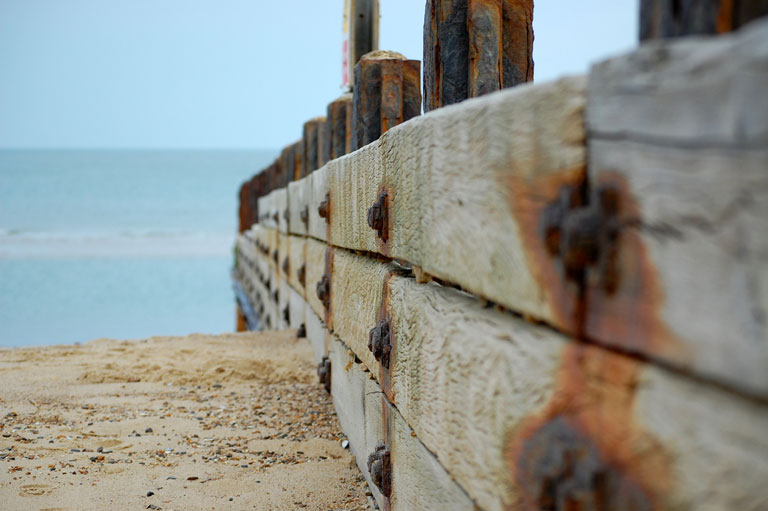
The pristine beaches of Hopkins, on Belize eastern coast, have always attracted visitors, but recently the region’s appeal has drastically changed due to accelerated beach erosion. It has been determined that the problem was being caused by a groyne built by Hopkins Bay.
County Declares Six Houses on Buxton Beach Unsafe, NC
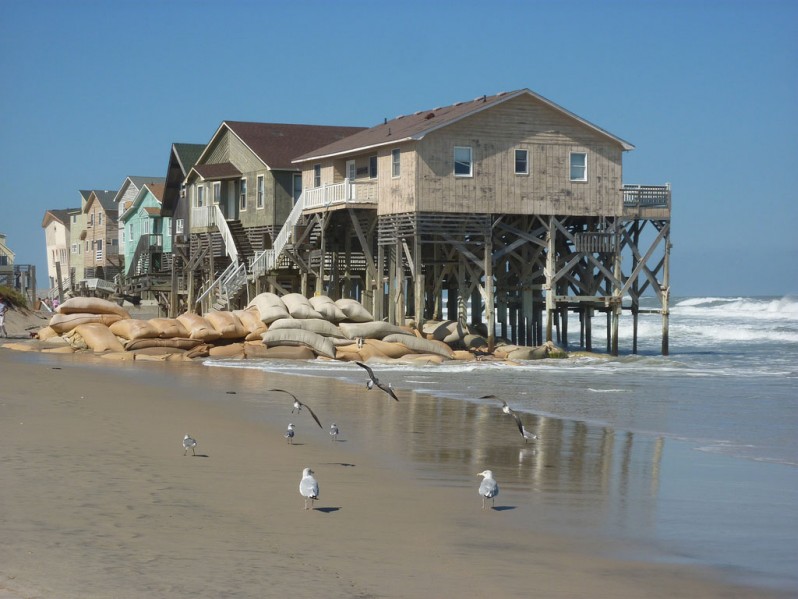
A Dare County building inspector has put up “unsafe structure” notices on six oceanfront houses north of this town on Hatteras Island, NC. Most of the recent erosion seems to be in an area where owners had placed sandbags in front of the houses.
Central Govt Halts Jakarta’s $40 Billion Reclamation Project
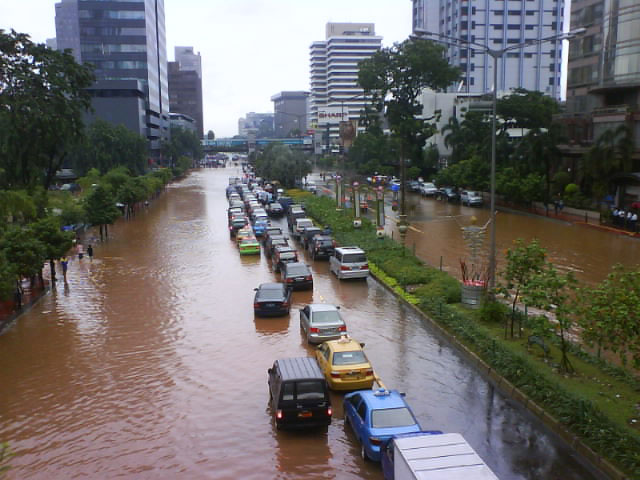
Indonesia’s capital, Jakarta– home to 10 million people – is sinking into the sea at between 2.9 and 6.7 inches per year. To save the megacity from drowning: a $40 billion land reclamation and sea wall project estimated to take 30 years to complete. However, today, the central government has decided to suspend its implementation as the viability of the project is now questioned.
